Stadio Olimpico in Rome: JMA XRAN Case Study
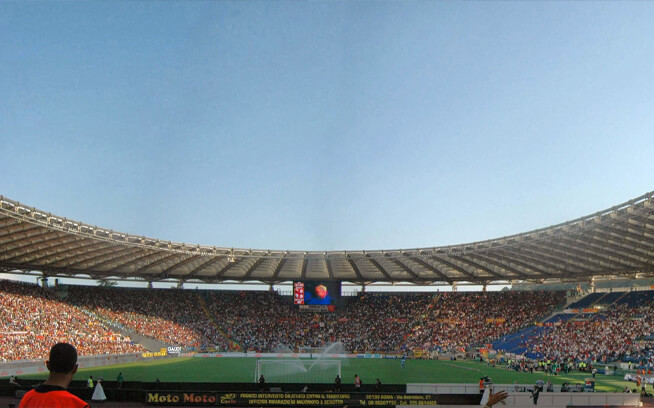
Play video Play video Button CTA Button CTA Button CTA Button CTA Jump to section Overview Back to Insights Sports & Entertainment Case Study – Stadio Olimpico Stadio Olimpico in Rome: JMA XRAN Case Study
How has a Private Wireless Network solution improved the productivity of a warehouse?
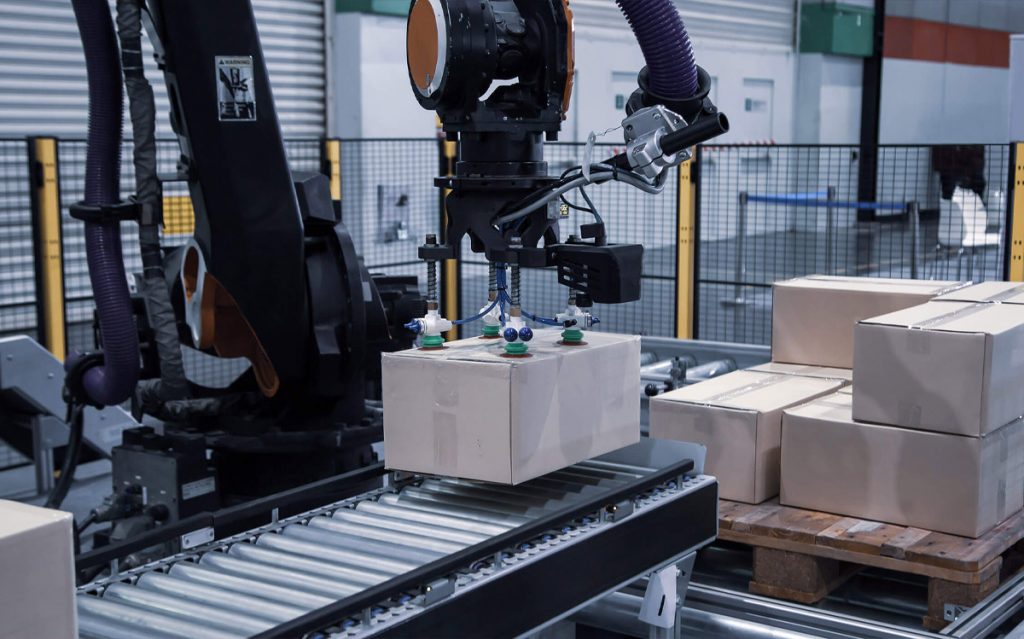
In Industry 4.0, smart automation is considered the fundamental requirement for improving the productivity and efficiency of a business.
JMA Wireless Assures Powerful and Convenient Mobile Communications at World Trade Center Transportation Hub

Some say it is the equivalent of Grand Central Station, Times Square and Penn Station rolled into one new magnificent structure. At the middle of the new World Trade Center buildings and the 9/11 Memorial is the World Trade Center Transportation Hub.
Webinars and Online Learning
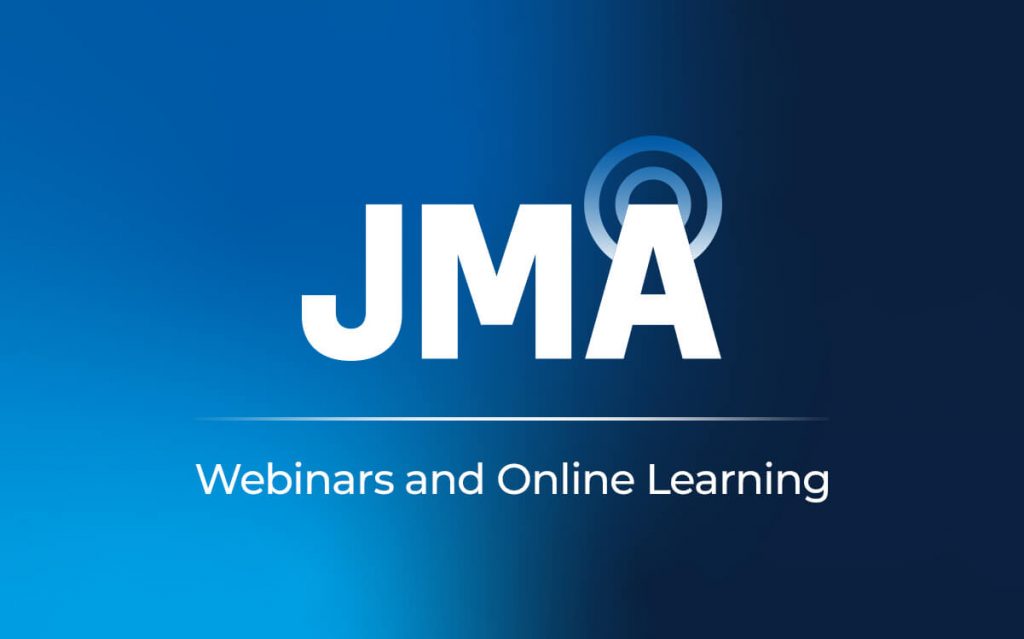
Webinars and online learning opportunities are regularly scheduled and can be taken at the students convenience.
Technical Education Catalog
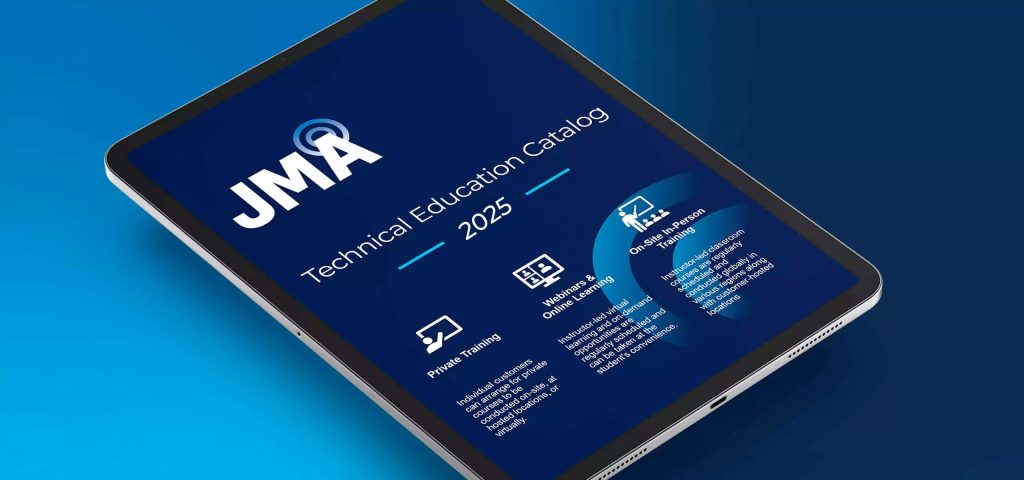
Select from a range of courses covering today’s advanced wireless networks that best address your organizations needs.
JMA FUZE™ solution portfolio
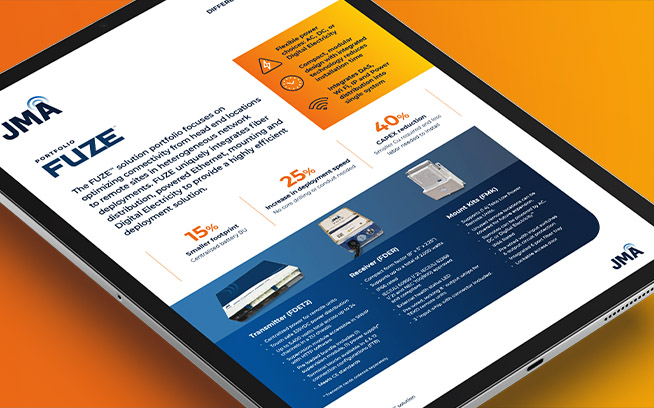
The FUZE™ solution portfolio focuses on optimizing connectivity from head end locations to remote sites in heterogeneous network deployments. FUZE uniquely integrates fiber distribution, powered Ethernet, mounting and Digital Electricity to provide a highly efficient deployment solution.
Virtualized multi-service enterprise wireless for CBRS and cellular
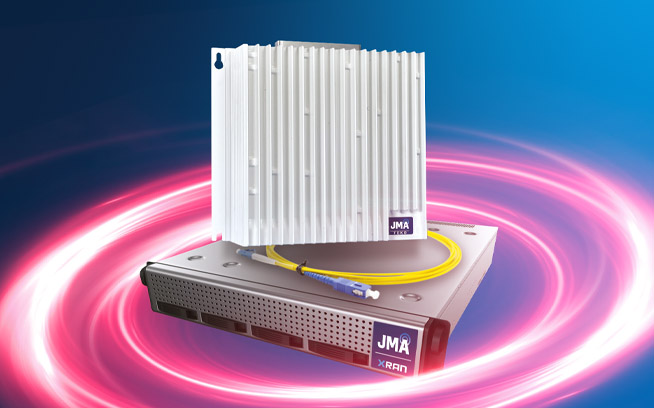
The mid-size enterprise market represents 49 million square feet of office space in the United States, which is occupied by one third of today’s workforce. The CIOs of these businesses are often perplexed about the easiest way to enable mobile wireless coverage and capacity in their buildings. Now, CIOs can receive what they are looking for in a solution specifically designed to meet their needs.
Keeping Guests Connected Anywhere, Anytime

The hospitality industry is on an upswing once again with worldwide revenues projected to be $550 billion in 2016.1 The fastest growing customer segment in this market is millennials who have grown up with technology and have different expectations. However, whether millennial, baby boomer, business or pleasure traveler hotels realize robust wireless connectivity is a must. These wireless networks are not only used by guests, but they also are utilized by staff to enhance productivity and increase safety.
Improve Employee Productivity and Satisfaction with Wireless Connectivity Solutions

Enterprises are undergoing dramatic changes in order to support today’s technological advances. This includes addressing wireless communication as traditional cellular networks attempt to meet exponentially increasing data demands. Employees expect mobile connectivity to ensure work productivity and stay connected throughout the day especially as collaborative environments have become the norm. Many companies are embracing BYOD (Bring Your Own Device) strategies to help ensure employee satisfaction. Furthermore, best-in-class companies are building new structures with LEEDS (Leadership in Energy and Environmental Design) certification in mind. These new buildings have significant environmental benefits, but can be detrimental to wireless signal and require careful planning to ensure cellular communications. All of these changes in the corporate world are placing great demands on wireless networks and their ability to deliver reliable, robust coverage and capacity.
Keeping pace with the mobile communications needs of staff, patients and visitors

Today’s healthcare facilities have transformed into high-tech hubs that not only demand robust cellular connectivity in-building, but often across expansive outdoor environments too. A medical center’s wireless network is critical for multiple purposes such as enhancing patient care and safety, increasing staff productivity, improving operations, and keeping family and friends connected. To accommodate these various needs, healthcare facilities are turning to converged networks. The wireless system must support a wide range of frequencies, different protocols, any modulation scheme, and it must be future-proof. The ultimate goal is to provide strong wireless connectivity inbuilding and across a medical campus cost-effectively.